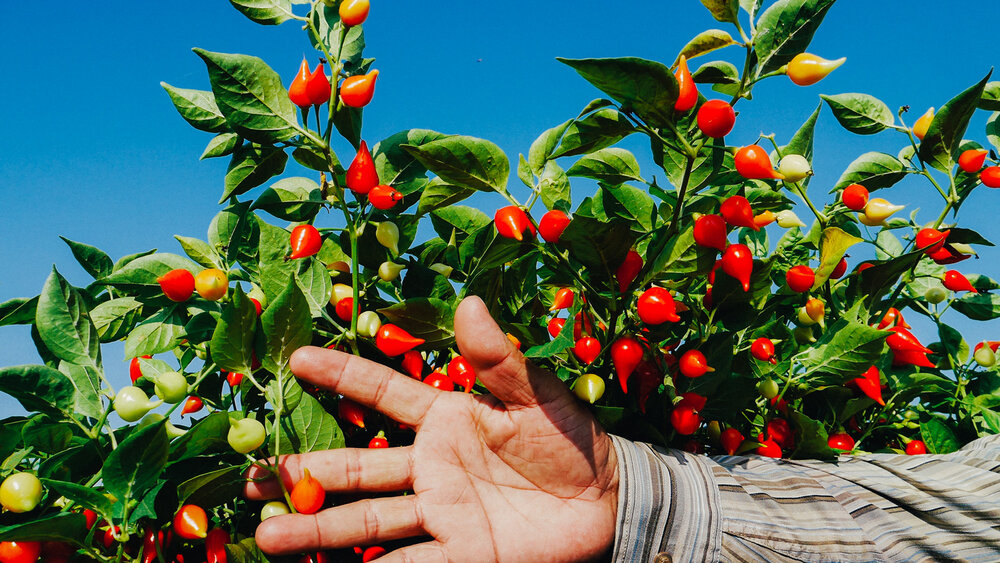- No. 268 Xianghe Street, Economic Development Zone of Xingtai city, Hebei 054001 China
- Byron@hbhongri.cn
Exploring the Production Process of Paprika and Chilli Powder in Modern Factories
The Growth of Paprika and Chilli Powder Factories A Flavorful Journey
In the global culinary landscape, few ingredients hold as much significance as paprika and chili powder. These vibrant spices not only enhance the flavor of dishes but also add color and depth, making them staple ingredients in kitchens around the world. The rise of paprika and chili powder factories reflects a growing appreciation for these spices, driven by culinary trends, health benefits, and agricultural advancements.
The Growth of Paprika and Chilli Powder Factories A Flavorful Journey
The establishment of paprika and chili powder factories has witnessed significant growth due to several factors. First, the increasing global demand for these spices is noticeable. As more people explore diverse cuisines, the appetite for authentic flavors intensifies. Restaurants and food manufacturers are keen to source high-quality spices to meet consumer expectations, leading to an uptick in factory production. Additionally, the rise of the health food movement has spotlighted spices for their health benefits. Paprika contains antioxidants, while chili powder is known to boost metabolism and enhance digestion. As health-conscious consumers seek natural ways to improve their diets, the demand for these spices continues to grow.
paprika chilli powder factories

Modern paprika and chili powder factories are utilizing advanced technology to streamline production processes and ensure product quality. Automated systems allow for precise grinding, mixing, and packaging, minimizing human error and maximizing efficiency. Quality control labs are now standard in many factories, where spices undergo rigorous testing to ensure they meet safety standards and maintain consistent flavor profiles. Factories also focus on sustainable practices, sourcing raw materials from local farmers to reduce their carbon footprint and support local economies.
Moreover, the globalization of trade has opened up new markets for paprika and chili powder. Countries that traditionally cultivated and exported these spices, such as Hungary and India, are now competing with producers from regions like Africa and South America. This not only diversifies the flavors available in the market but also encourages factories to innovate and experiment with different varieties of peppers and seasoning blends.
Additionally, the rise of e-commerce platforms has transformed how consumers access spices. Online retailers offer a vast array of options, from basic chili powders to specialty blends, making it easy for home cooks to experiment with flavors from around the world. Factories are capitalizing on this shift by developing unique packaging that highlights their products' authenticity and origin, appealing to a growing demographic that values quality and transparency in their food sources.
In conclusion, the growth of paprika and chili powder factories illustrates the dynamic nature of the food industry. As culinary trends evolve and consumer preferences shift, these factories must adapt and innovate to stay relevant. With the increasing emphasis on health, sustainability, and global flavors, the future of paprika and chili powder production looks promising. For many, these spices are not just ingredients; they are a gateway to exploring diverse cultures and enhancing everyday meals. The journey of paprika and chili powder continues, bringing warmth, flavor, and vibrancy to tables around the world.
-
Turmeric Rhizome Powder: A Golden Treasure from Roots to TableNewsJul.28,2025
-
The Versatile Application Of Crushed Red Hot Peppers: Lighting Up The Red Flames On The Dining TableNewsJul.28,2025
-
The Paprika: A Touch Of Vibrant Red In Color, Flavor, And CultureNewsJul.28,2025
-
Ground Turmeric: A Modern Examination of an Ancient SpiceNewsJul.28,2025
-
Capsicum Liquid Extract: Features, Applications, and ChallengesNewsJul.28,2025
-
Application of Capsicum Liquid Extract in FoodNewsJul.28,2025







